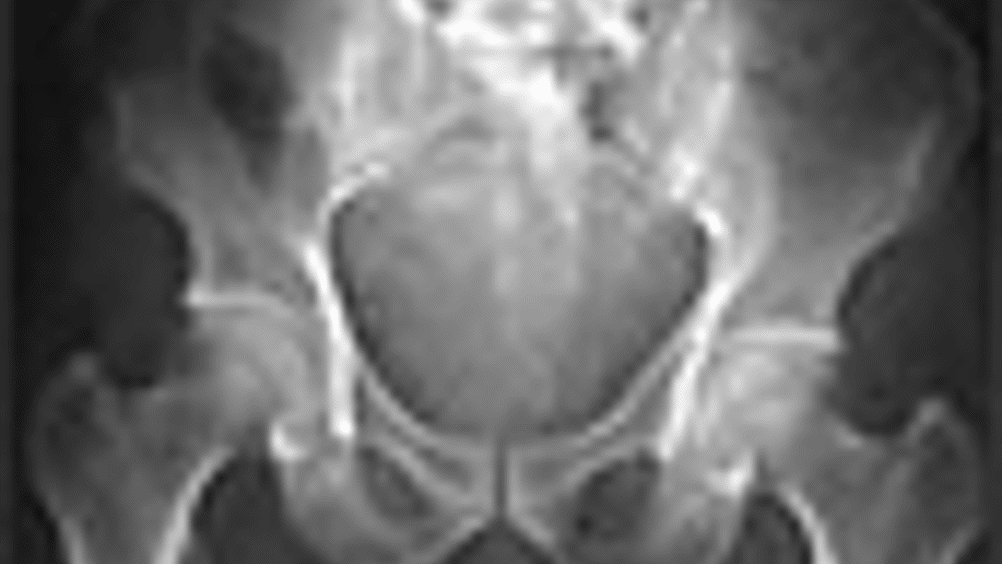Surgical chip and pin

A computerised simulator currently being tested in hospitals in
Developed by an interdisciplinary team of experts through a Kaleidoscope project called Technology Enhanced Learning for Orthopaedic Surgery (TELEOS), the simulator blurs the boundaries between theory and practice.
TELEOS enables trainees to place a pin in a patient’s pelvis to rectify problems caused by disease or breakage by using a computer mouse. By manipulating the pin with the mouse on a computer screen, it can be placed, oriented and pushed in the body, exactly simulating the way the surgeon acts in the operating room.
The TELEOS project team comprises surgeons, computer and education scientists, clinical tutors and psychologists.
Normally, for trained and trainee surgeons, experience would have to be gathered in an operating theatre with a real patient, under the supervision of an experienced surgeon. Trials with TELEOS have shown that a trainee who has experience practising techniques with the simulator can expect less intervention when coming to grips with real life situations in the operating theatre.
Register now to continue reading
Thanks for visiting The Engineer. You’ve now reached your monthly limit of news stories. Register for free to unlock unlimited access to all of our news coverage, as well as premium content including opinion, in-depth features and special reports.
Benefits of registering
-
In-depth insights and coverage of key emerging trends
-
Unrestricted access to special reports throughout the year
-
Daily technology news delivered straight to your inbox










Water Sector Talent Exodus Could Cripple The Sector
Maybe if things are essential for the running of a country and we want to pay a fair price we should be running these utilities on a not for profit...